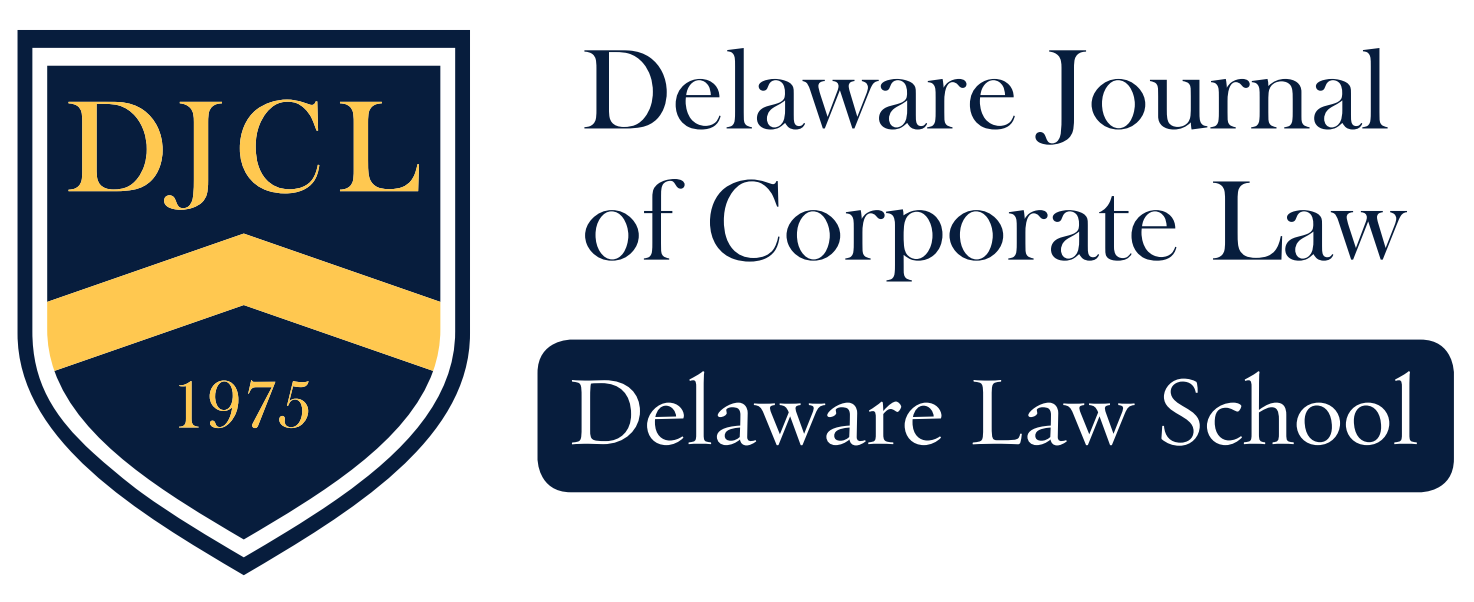Sandbagging: Default Rules and Acquisition Agreements
Charles K. Whitehead
In the M&A world, a buyer “sandbags” a seller when, knowing the seller has materially breached a warranty, it closes the deal and then asserts a post-closing claim. Traditionally, the buyer must have relied on the warranty, without knowledge of the breach, in order to prevail. The modern trend, with some exceptions, permits the buyer to sue without regard to knowledge. Parties, in both cases, can contract around the default rule-so that the default rule should affect how acquisition agreements are structured. Yet, a survey of publicly available deals, from July 2007 to June 2011, reveals that regardless of default rule-roughly forty-five to fifty-five percent of contracts contain a pro-sand bagging provision, and roughly forty to fifty percentaresilent. Why the similarity in contract provisions?
First, the law around sandbagging is unsettled Buyers who particularly value a sand bagging right may develop standard solutions, relying on the certainty of express contractual language rather than the default rule. Second, under a pro-sandbagging standard, sellers have limited incentive to request an anti-sand bagging provision and buyers have limited incentive to agree to it. The compromise is often silence-with the right to sandbag set by the default rule rather than agreement. Thus, the claim that a buyer’s ‘purchase”of warranties includes a sandbagging right, often used to justify a pro-sandbagging default rule, is open to question. In neither case does a pro-sandbagging default rule reflect a buyer’s interest in sandbagging.Rather, bargaining is more likely under an anti-sandbagging default rule, in which case those who particularly values and bagging right must expressly negotiate for it.
